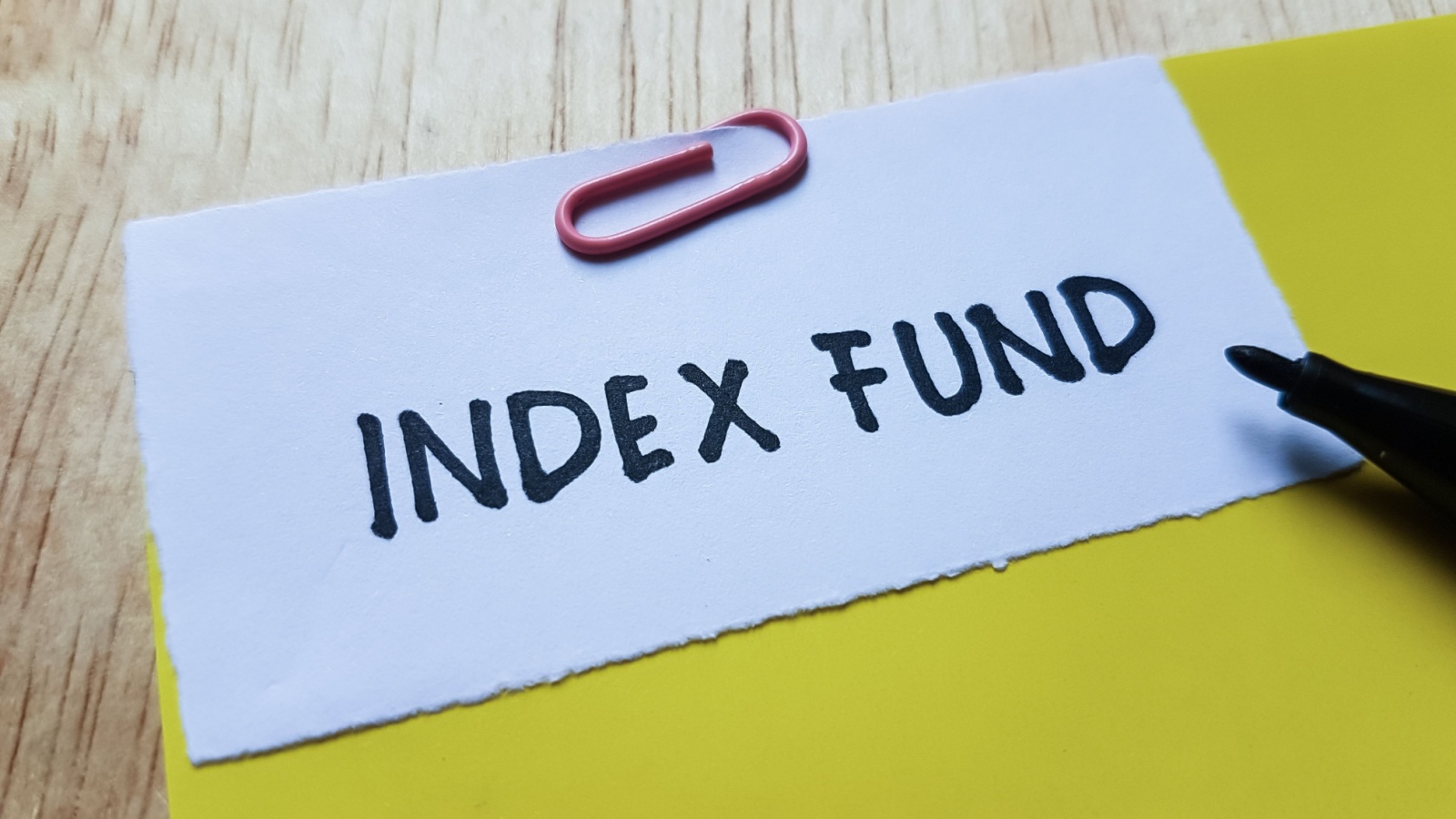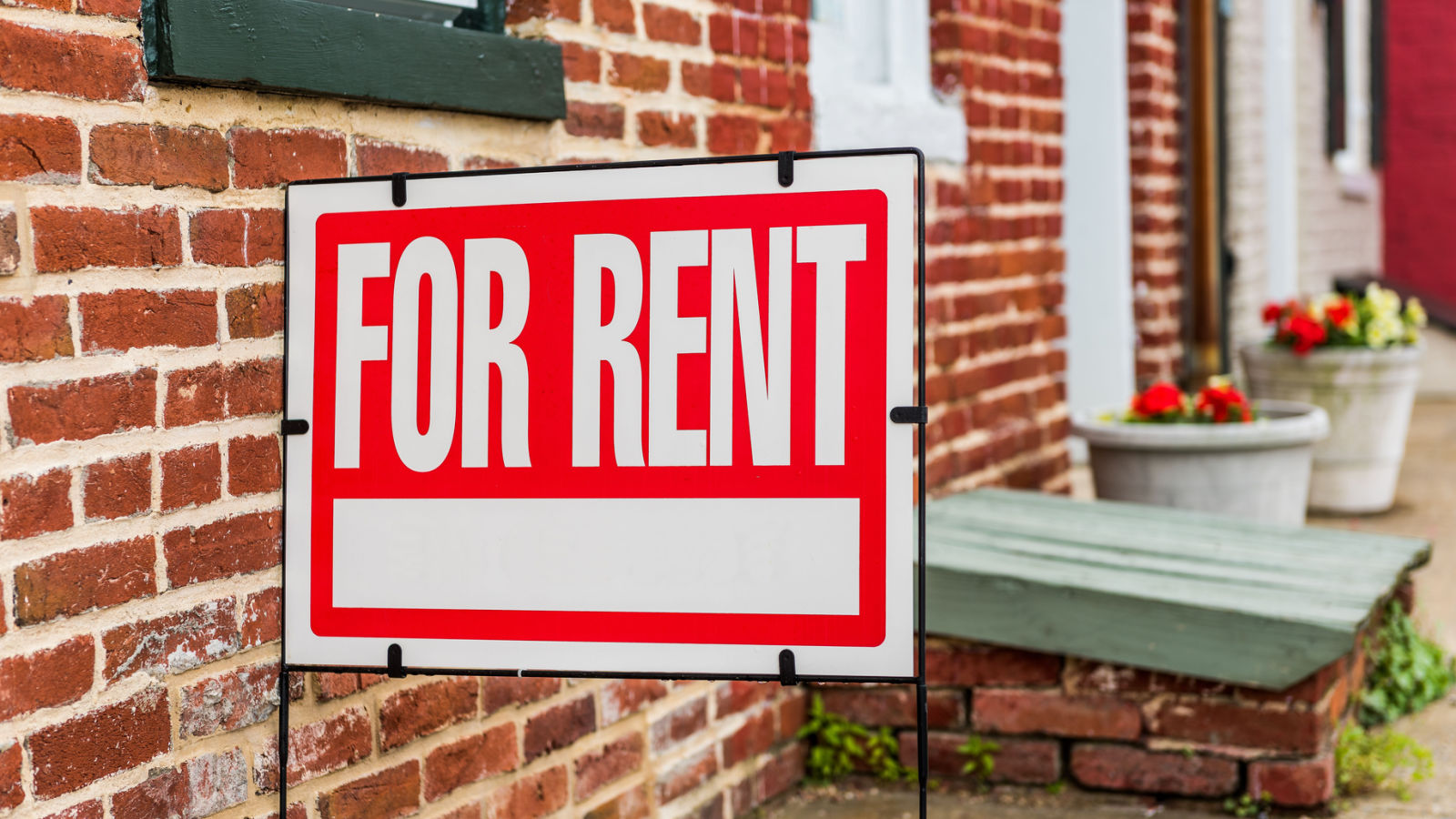For many Canadians, the dream of early retirement isn’t just a fantasy, but it is becoming reality. Thanks to smarter saving strategies, diversified income streams, and lifestyle choices that prioritize long-term security over short-term splurges, more people are finding ways to exit the workforce sooner than expected. Here are 24 ways Canadians are saving more and retiring earlier:
Automating Savings Contributions

Setting up automatic transfers to RRSPs, TFSAs, or high-interest savings accounts takes the guesswork out of saving. Canadians using this pay yourself first strategy treat savings as a non-negotiable expense, ensuring money grows before it’s spent. By making contributions monthly, or even biweekly, they harness the power of compound growth without relying on willpower. This habit not only builds wealth steadily but also prevents lifestyle creep, where expenses rise with income. Over time, automated saving becomes second nature, turning retirement goals into a predictable outcome rather than a distant dream.
Embracing Low-Cost Index Funds

Instead of chasing risky stock picks, many Canadians are choosing low-cost index funds and ETFs. These investments track broad market performance, offering steady, diversified growth without the high fees of actively managed funds. Lower costs mean more of your returns stay in your pocket, compounding year after year, and with online brokerages making these products easy to access, even beginner investors can build long-term wealth without constant monitoring. This has resulted in more Canadians hitting retirement targets earlier.
Downsizing Earlier in Life

Instead of waiting until their 60s, some Canadians are downsizing homes in their 40s or 50s. Selling a larger property not only frees up home equity but also reduces monthly expenses, such as utilities, taxes, and maintenance. That cash can then be invested to generate passive income or boost retirement accounts. Downsizing earlier also means less financial pressure during peak career years, giving people more flexibility to work part-time or pursue passion projects. It’s a proactive move that accelerates wealth-building while reducing stress well before the official retirement date.
House Hacking for Extra Income

Renting out part of a home, whether it’s a basement apartment, a separate suite, or even just a room, can offset mortgage payments and build equity faster. Canadians embracing house hacking use that extra income to supercharge savings or pay down debt early. With rising rental demand in many cities, this strategy can generate thousands annually, all while maintaining home ownership. Some even scale up by buying duplexes or triplexes, living in one unit and renting the others, offering a practical way to turn your biggest expense into a steady wealth-building tool.
Side Hustles With High Margins

From freelance design and tutoring to selling digital products or offering consulting services, side hustles with low overhead and high profit margins are helping Canadians boost their retirement funds faster. These income streams can be built around existing skills, meaning no major retraining is needed. Many are online-based, providing flexibility and minimal startup costs. The extra earnings often go directly into investments rather than lifestyle spending, accelerating the growth of retirement portfolios. Over time, these ventures can even become semi-passive income sources, giving people the freedom to scale back their primary jobs sooner.
Prioritizing Debt Elimination

Canadians targeting early retirement often tackle debt aggressively, focusing first on high-interest credit cards, personal loans, or car payments. By eliminating these financial drains, they free up cash flow that can be redirected into investments and savings. Some adopt the debt snowball method for motivation, while others use the avalanche approach to save on interest. Regardless of the method, living debt-free reduces both financial and mental stress.
Leveraging Employer Matching Programs

Many Canadians leave free money on the table by not maximizing employer-matched RRSP or pension contributions. Those who do take full advantage see immediate returns, often 50% to 100% of their contribution, without taking on extra risk. Over decades, these matches compound significantly, shortening the time needed to reach financial independence. For employees in industries with generous benefits, this can mean shaving years off retirement goals simply by being strategic, making it one of the easiest, most efficient ways to build wealth.
Relocating to Lower-Cost Areas

Moving from a high-cost city like Toronto or Vancouver to a smaller city or rural community can dramatically reduce living expenses without sacrificing quality of life. Lower housing costs, cheaper transportation, and reduced day-to-day spending allow savings to grow faster. Some Canadians even work remotely after relocating, keeping big-city salaries while enjoying small-town expenses. This geographic arbitrage not only speeds up retirement timelines. It also opens up opportunities for a slower, more intentional lifestyle that many early retirees value.
Investing in Dividend Stocks

Dividend-paying stocks provide a steady stream of income, which can be reinvested to grow wealth or used to supplement living expenses in retirement. Many Canadians choose companies with a history of increasing dividends annually, ensuring their income keeps pace with inflation. This approach offers both growth potential and cash flow, reducing reliance on selling investments during downturns. Over time, a well-built dividend portfolio can cover a significant portion of living costs, making it possible to retire years earlier without depleting principal.
Embracing Minimalist Lifestyles

Some Canadians are rejecting consumer culture and focusing on what truly matters to them. By cutting back on unnecessary spending, whether it’s dining out less, limiting impulse purchases, or avoiding expensive trends, they’re able to save and invest much more aggressively. Minimalism doesn’t mean living without comfort, but rather choosing quality over quantity and prioritizing experiences over possessions. This mindset shift keeps expenses low, so less money is needed to maintain their lifestyle in retirement, making it a quiet but powerful way to accelerate financial freedom.
Maximizing TFSA Growth Potential

While many Canadians use their TFSA as a simple savings account, those aiming for early retirement often invest in growth-oriented assets inside it, like stocks, ETFs, or REITs. Because gains and withdrawals are tax-free, the compounding effect over decades is massive. High-return investments in a TFSA can generate substantial wealth without increasing taxable income later, while savvy investors make annual maximum contributions and reinvest all earnings. Over time, this strategy builds a financial cushion that can fund years of living expenses without triggering taxes.
Using Credit Card Rewards Wisely

Instead of carrying balances, Canadians committed to early retirement leverage credit card rewards for free travel, cash back, or essential purchases. Every redeemed point or cash rebate offsets expenses, freeing more income for investments. The key is disciplined use, like paying balances in full to avoid interest charges. Some strategically rotate cards to take advantage of sign-up bonuses, while others stick to high-earning cards for their spending habits. Over time, these rewards can save thousands annually, accelerating your savings rate without sacrificing quality of life.
Renting Instead of Owning in Certain Markets

In overheated housing markets, some Canadians choose renting over buying to avoid massive mortgages and high property taxes. By investing the difference between rent and what a mortgage would cost, they often come out ahead financially, especially if markets cool. Renting also offers flexibility to relocate for better job opportunities or lower costs, and while home ownership remains a goal for many, this approach prioritizes wealth growth over tradition. For those in expensive cities, it can be a strategic move that frees up capital and speeds the journey to early retirement.
Freelancing After Full-Time Work

Some early retirees are shifting to freelance or contract roles that offer flexibility and purpose without full-time commitment. This supplemental income helps bridge the gap between early retirement and accessing government benefits like CPP or OAS, and it also allows investments to keep growing longer. Many choose projects they genuinely enjoy, making work feel less like an obligation and more like a hobby, which results in a smooth transition into full retirement, with reduced financial stress and a lifestyle that balances income, leisure, and personal fulfillment.
Joining Investment Clubs

Investment clubs bring together like-minded Canadians to pool knowledge, research opportunities, and sometimes even funds. These groups reduce the learning curve for new investors and provide accountability for sticking to goals. Members share insights on everything from market trends to tax strategies, helping each other avoid costly mistakes. For some, the social element keeps motivation high, while the shared expertise leads to better returns. Over time, this collective approach can significantly accelerate portfolio growth, bringing early retirement within reach and making the journey more collaborative and enjoyable.
Choosing High-Value Education Paths

Canadians planning for early retirement often start by avoiding excessive student debt. This means choosing affordable post-secondary options, seeking scholarships, or pursuing in-demand trades and technical skills. Lower education costs lead to a faster start in the workforce and more years of saving. For those changing careers mid-life, cost-effective upskilling helps increase income without derailing retirement plans. This focus on return-on-investment in education ensures more earnings can be funneled into investments early, allowing compounding to work its magic for decades.
Building Passive Income Through Rentals

Beyond house hacking, some Canadians build wealth by owning multiple rental properties, generating steady monthly income long before retirement. With proper management, these assets appreciate in value while tenants effectively pay down the mortgages. Many reinvest the profits into additional properties, creating a snowball effect, and by the time they retire, rental income often covers all living expenses, allowing them to preserve investment portfolios. While it requires upfront capital and effort, the long-term payoff is significant, offering both financial stability and the freedom to leave traditional work behind earlier.
Adopting a “One Car” Lifestyle

Households cutting down to one vehicle, or going entirely car-free in urban areas, save thousands annually on insurance, maintenance, fuel, and depreciation. Canadians who embrace this shift often rely on transit, cycling, or occasional rentals for flexibility, and the money saved is redirected into retirement accounts, growing steadily over the years. Beyond financial benefits, it often leads to healthier lifestyles and reduced environmental impact. This one decision alone can shave years off retirement timelines, proving that big lifestyle changes are about optimizing the everyday costs.
Living Off One Income

Dual-income households aiming for early retirement sometimes structure their budget around just one salary, investing or saving the other entirely. This aggressive approach requires discipline but can rapidly build a large nest egg, and it also provides a safety net in case of job loss or economic downturns. Many start this practice after paying off significant debts, using the freed-up cash flow to fuel investments. Over time, living off one income becomes a habit, making the eventual transition to retirement feel natural and financially comfortable without a dramatic lifestyle shift.
Leveraging the Gig Economy Strategically

Canadians are tapping into gig work, like rideshare driving, delivery services, and online freelancing, to boost retirement savings without committing to another traditional job. The flexibility allows them to work around their primary career or personal schedule, channeling extra income directly into investments. This approach is efficient for reaching short-term savings milestones, like maxing out an RRSP or funding a real estate purchase. When done strategically, gig work can accelerate financial goals without adding long-term stress, serving as a temporary but impactful tool on the path to early retirement.
Taking Advantage of RESP Refunds

Parents who fully fund their children’s Registered Education Savings Plans often see reduced future expenses for tuition, allowing them to redirect that money into retirement savings once their kids graduate. The Canada Education Savings Grant (CESG) boosts contributions by 20%, making RESPs a high-return use of funds. By planning early and avoiding student debt for their children, these Canadians free up significant cash flow later in life. This financial breathing room can be the final push needed to reach early retirement goals without sacrificing educational opportunities for the next generation.
Using Seasonal or Part-Time Retirement

Instead of fully retiring at once, some Canadians step back gradually, working seasonally or part-time in industries they enjoy. This phased approach allows investments to continue growing while still providing a steady income. It also helps retirees stay active and socially connected, reducing the emotional adjustment that can come with leaving work entirely. Seasonal work, like tourism, tax preparation, or agriculture, offers predictable schedules that align with personal interests. This hybrid model keeps expenses covered while providing the freedom and flexibility associated with early retirement.
Capitalizing on Low-Cost Hobbies

Canadians aiming for early retirement often swap expensive pastimes for low-cost or even free hobbies like hiking, community sports, gardening, or creative arts. This shift lowers monthly expenses without compromising enjoyment or fulfillment. By embedding affordable leisure into their lifestyle early on, they ensure their retirement budget will stretch further, and their quality of life won’t depend on constant spending. Over time, these choices not only save money but also create healthier, more sustainable routines that support a long and satisfying retirement without financial stress.
Planning Healthcare Costs in Advance

One reason early retirement can be risky is underestimating healthcare costs before government benefits kick in. Canadians who plan ahead, through private insurance, health savings accounts, or a dedicated medical fund, avoid financial shocks later. This proactive step ensures that medical needs don’t force a return to work or eat into retirement income. By removing the uncertainty around healthcare expenses, early retirees gain confidence in their financial plan, allowing them to enjoy their freedom without constant worry over future medical bills.
21 Products Canadians Should Stockpile Before Tariffs Hit

If trade tensions escalate between Canada and the U.S., everyday essentials can suddenly disappear or skyrocket in price. Products like pantry basics and tech must-haves that depend on are deeply tied to cross-border supply chains and are likely to face various kinds of disruptions
21 Products Canadians Should Stockpile Before Tariffs Hit
